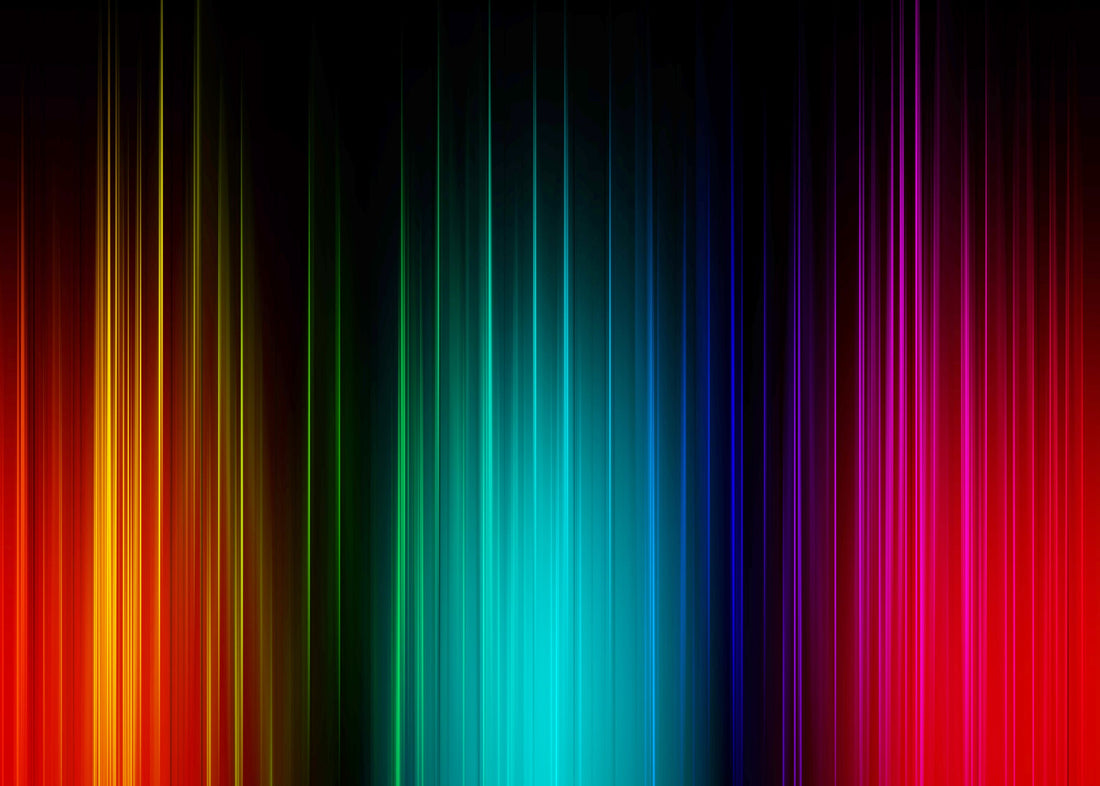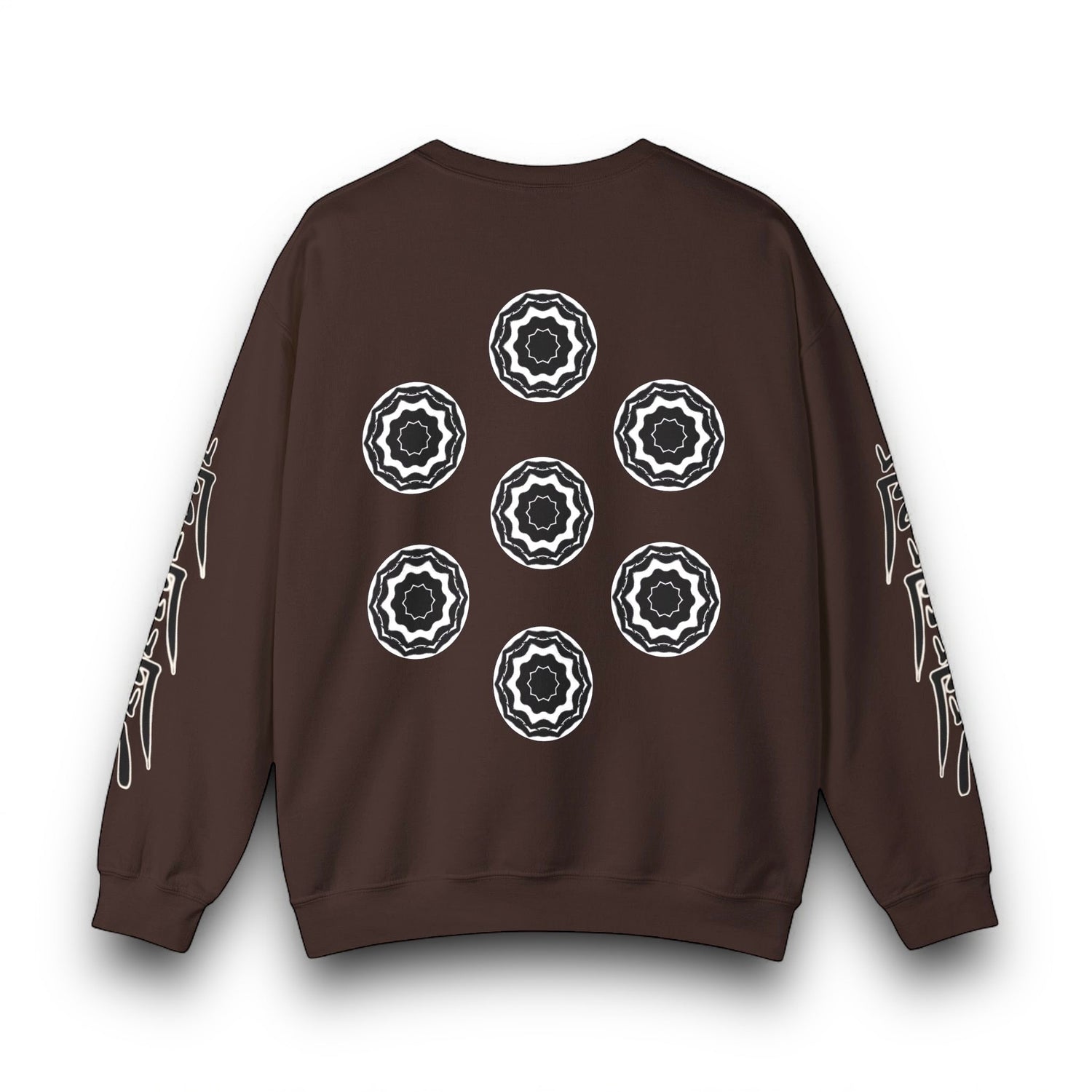
The Power of Colour Psychology: How Colours Influence Mood and Behaviour
Share
Colour is more than just a visual element; it plays a significant role in shaping our emotions, perceptions, and actions. Colour psychology explores how different shades affect human behaviour, often on a subconscious level. Whether you’re redecorating, branding a business, or picking out an outfit, understanding the psychological effects of colour can be incredibly useful.
How Does Colour Psychology Work?
Our reactions to colour are shaped by both biology and culture. Colours can evoke physical responses, such as increasing heart rate or creating a sense of calm. Their meanings can also differ between societies. For example, while black symbolises elegance in some cultures, it might represent mourning in others. However, many emotional responses to colours are common and have been widely studied.
The Psychology of Key Colours
• Red: Passion, Energy, and Urgency
Red is a highly emotional colour, often associated with passion, excitement, and sometimes anger. It grabs attention and can encourage action, but too much red can be overstimulating.
• Blue: Calm, Trust, and Stability
Blue is a calming colour that promotes feelings of trust and reliability. It’s linked to peace and stability, making it ideal for spaces where focus and calm are important.
• Yellow: Happiness, Optimism, and Warmth
Yellow is bright and cheerful, symbolising happiness and optimism. However, an overuse of yellow can lead to feelings of frustration, so it’s best used in moderation.
• Green: Balance, Growth, and Harmony
Green, the colour of nature, represents balance, renewal, and growth. It’s both relaxing and refreshing, making it a great choice for creating a tranquil environment.
• Purple: Creativity, Luxury, and Mystery
Purple is often linked with creativity, luxury, and spirituality. Depending on the shade, it can evoke a sense of sophistication or mystery, making it a versatile colour.
• Black: Power, Elegance, and Sophistication
Black conveys power, authority, and sophistication. While it can add depth and elegance, too much black may feel heavy or overwhelming, so it’s best used carefully.
• White: Purity, Simplicity, and Cleanliness
White symbolises simplicity, clarity, and cleanliness. It creates a sense of openness, though if overused, it can feel cold or sterile. It pairs well with other colours to add balance.
Practical Applications of Colour Psychology
• Interior Design
Using colour psychology in your home can set the mood for each space. Blues and greens foster relaxation, while warmer colours like red or yellow can energise a room.
• Branding and Marketing
In business, colours can greatly influence how customers perceive a brand. Choosing the right colour palette for your logo, website, or packaging can strengthen your brand identity and message.
• Personal Style
Colours affect not only how others perceive us but also how we feel. Wearing black might boost your confidence, while softer hues can bring calm and ease to your day.
Harnessing the Power of Colour
Colour psychology offers a powerful way to shape our environments, influence our mood, and even affect how others see us. Whether you’re designing a room, crafting a brand, or dressing for the day, the colours you choose can make a big difference. While personal and cultural preferences may vary, understanding the general emotional effects of colours helps you make more thoughtful decisions.

